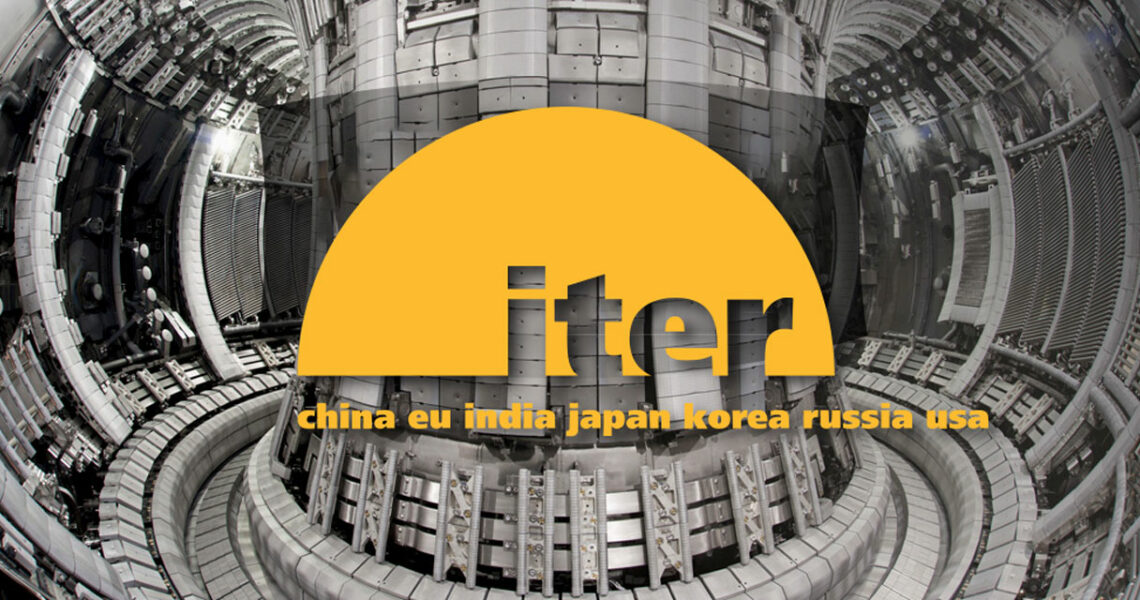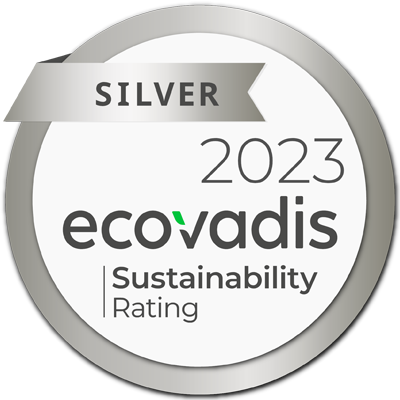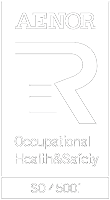- Project: ITER High Voltage Electrical Engineer Neutral Beam Section
- Location: Provence, France
- Date: 2019 to present
- Application: Neutral beam injection
- Tratos Product: TRATOS® HV 132 kV
- Client: ITER
Tratos and ITER cooperation
Tratos supplied special HV cable for the development of the beam accelerator for ITER, a 35-country international project designed to harness fusion power for limitless carbon-free energy. ITER, the world’s biggest-ever magnetic confinement plasma physics experiment.
The ICAS consortium, working with ITER, is composed of Tratos Cavi S.p.A., ENEA, Frascati, Italy (general project management, scheduling, administration and quality assurance); Pieve Santo Stefano, Italy (cable manufacturing); and Criotec Impianti S.r.l., Chivasso, Italy (jacketing and the completion of the unit conductor lengths.
Tratos HV has manufactured for ITER cable in accordance with IEC 60840, incorporating requirements from other relevant standards including IEC 60228; IEC 61443; IEC 60885; and HD632. Constructed with triple layer dry cure XLPE insulation INNER SHEATH and LSZH outer sheath the design controls the stress in the insulation reducing breakdown and leakage current in High Voltage (HV) cable systems. For installations where increased fire performance is required Tratos can supply cables with an LSZH outer sheath.
The ITER Tokamak, designed to produce 500 MW of fusion power for 50 MW of input heating power (a power amplification ratio of 10), will be the largest and most powerful fusion device in the world and earn a place in history as the first fusion device to create net energy.
The in-vessel coil conductor features a layer of magnesium oxide (MgO) insulation that separates the high conductivity copper conductor (and cooling channel) and the external stainless-steel jacket. The mineral-insulated conductor allows the in-vessel coils to withstand large transient electromagnetic fields, high radiation flux, and high temperature.
The compressed magnesium oxide (MgO) powder mineral layer gives structural support for the copper conductor, thermal conduction and electrical insulation.
Two ring-shaped vertical stability coils will sit on rails close to the plasma but protected by blanket modules aiding plasma control. Both coils are wound from four turns of a conductor connected in series.
ITER
ITER (“The Way” in Latin) is one of the most ambitious energy projects in the world today.
In southern France, 35 nations are collaborating to build the world’s largest tokamak, a magnetic fusion device that has been designed to prove the feasibility of fusion as a large-scale and carbon-free source of energy based on the same principle that powers our Sun and stars.
The experimental campaign that will be carried out at ITER is crucial to advancing fusion science and preparing the way for the fusion power plants of tomorrow.
ITER will be the first fusion device to produce net energy. ITER will be the first fusion device to maintain fusion for long periods of time. And ITER will be the first fusion device to test the integrated technologies, materials, and physics regimes necessary for the commercial production of fusion-based electricity.
Thousands of engineers and scientists have contributed to the design of ITER since the idea for an international joint experiment in fusion was first launched in 1985. The ITER Members—China, the European Union, India, Japan, Korea, Russia and the United States—are now engaged in a 35-year collaboration to build and operate the ITER experimental device, and together bring fusion to the point where a demonstration fusion reactor can be designed.
Did you know?
F4E, managing Europe’s contribution, is responsible for manufacturing nearly half of the components, all buildings and infrastructure on-site. ITER Organization has the duty to co-ordinate the collaboration of the seven parties involved in the project and overview the assembly of the machine. A bit like a maestro of an orchestra trying to fuse all contributions into a symphony.
A new clip has been produced showing step-by-step the first phase of the ITER assembly. Have a look: https://youtu.be/OuVVbldCr8s
Participating in this project, Tratos was very pleased to contribute toward achieving Goal 7 of the UN Global Goals to ensure access to affordable, reliable, sustainable and modern energy for all, Goal 9: Industry, Innovation and Infrastructure, Goal 13: Climate Action, GOAL 3: Good Health and Well-being,, and Goal 11: Sustainable Cities and Communities.










